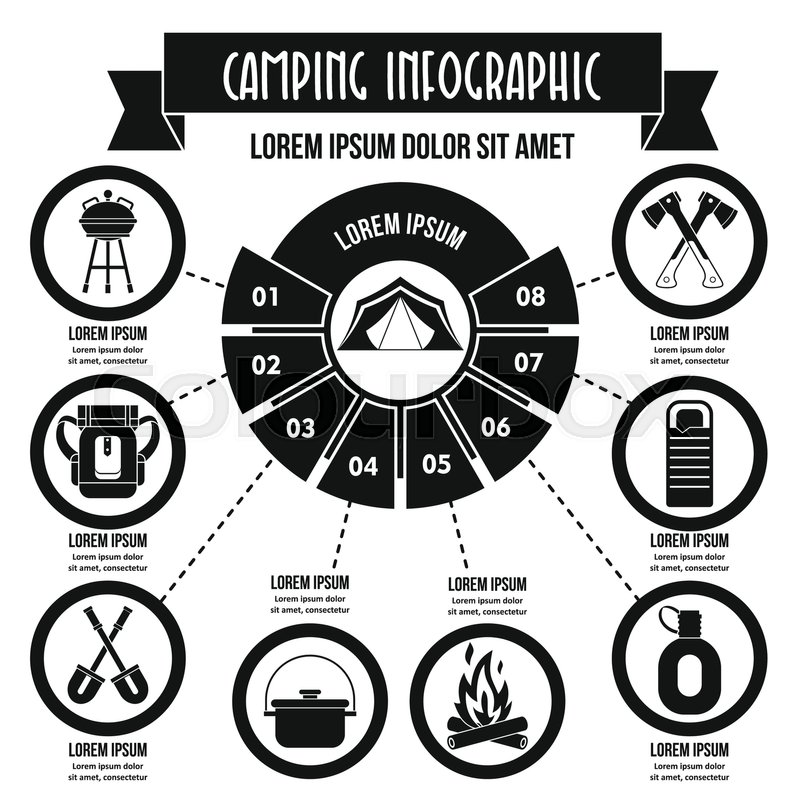Inner frame backpacks are sleek, form-fitting, and steady for tough routes. They function well for males that need agility and equilibrium, however aren't always thinking about heavy tons or cooler backs.
The gap between the pack and your body enables air to move, keeping you cool on warm summer hikes or arduous climbs. Their slimmer profile likewise decreases the chance of catching on brush, branches, or rock faces.
Comfort
It utilized to be that exterior frame packs were the mark of an adventurous spirit - you would certainly see young vacationers hiking throughout continents and seasoned thru-hikers hoisting their huge knapsacks high up on their shoulders, foam resting pads and best hiking boots lashed to their metal frameworks. Yet because the development of inner structure packs, which use concealed frames that curve against your back, a lot of walkers have actually surrendered their classic externals for something a little lighter and a lot more portable.
Internals are sleek and form-fitting, which makes them steady on tough tracks and a lot more comfy when you're clambering off-trail. They additionally hold the weight more detailed to your body, routing it down your back for far better comfort designs. That claimed, internals can still really feel cumbersome, especially when you're loaded up with camping gear. Luckily, contemporary internals vary from ultralight to luxurious designs with lots of functional pockets and areas for securing equipment. They additionally tend to have a gap between the framework and pack bag that raises air flow.
Security
Normally talking, inner structure knapsacks fit well versus your back, which maintains your center of gravity more detailed to your body's natural stance. This permits you to change your weight around without changing your structure or pack placement excessive-- a significant advantage for clambering and various other tasks where your center of mass modifications on a regular basis.
They likewise have a tendency to be much more steady when compared to outside structures, which can guide and shift under hefty lots. In addition, they're easier to strap equipment straight onto, which is a massive plus when you're bushwhacking and may experience sharp rocks or branches that could or else grab your pack.
In movie, supervisors usually employ a technique called interior framing to confine and stress a topic. Making use of elements like doors, home windows, and hallways, filmmakers can stimulate a sense of isolation or outdoor shelter arrest, including abundant psychological subtlety to a scene. As a matter of fact, a few of one of the most iconic scenes in Alfred Hitchcock and Stanley Kubrick films make use of inner framework methods to enhance thriller and stress.
Ventilation
When it concerns air flow, your structure material can have a huge influence on your home's air movement. We tend to concentrate a whole lot on insulation and resilience, however the structure design plays just as essential of a duty in just how well your doors and windows take a breath.
Interior frame rucksacks came onto the market in the 1970s, and they became popular because of their formfitting nature, which routed the load closer to the body. This enabled higher security on a walk and boosted ergonomics as it allows the pack to ride more upright on the back and hips, rather than off the shoulders.
However, these packs also have the drawback of less air flow as they hug your back, which can bring about perspiring shoulders and upper body on hot days. Ventilated backpacks like those made by zpacks, mld, and gossamer gear supply some remedy for this problem, however they're usually 2 or 3 times heavier than their non-ventilated counterparts.
Weight
A couple of years earlier, it was common to see squarish exterior framework backpacks hanging on the wall surface of your neighborhood gear shop. But today, the sleeker inner framework backpacks are ruling the trails.
They're sleeker and form-fitting, so they hold the pack more detailed to the body. This assists stabilize the lots on tough terrain and while scrambling off-trail. It additionally makes it less likely that you'll snag your pack on a bush, branch or cliff.
The tighter fit, however, minimizes air movement in between your back and the pack. This can heat you up during summer season walks. And while improvements in layout have made them lighter, the rigid structure of an outside frame pack could wear down your shoulder straps and hipbelt more quickly than a shock absorber with an integrated frame.
